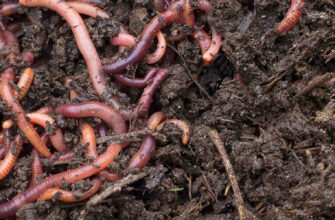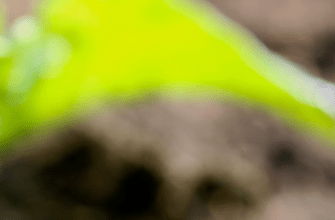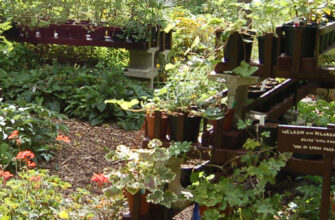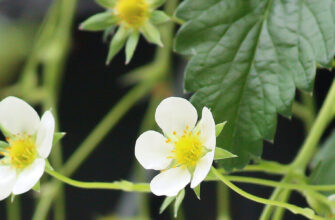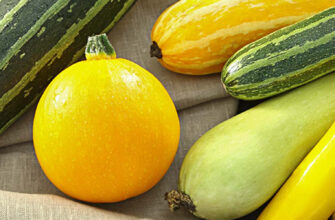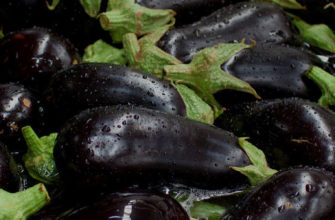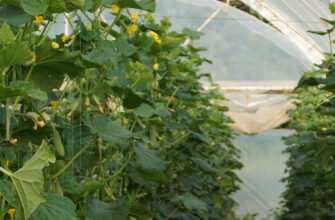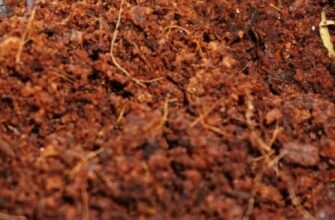Mushrooms are not only delicious but also highly nutritious, offering numerous health benefits. While in the past only a few species like button mushrooms and oyster mushrooms were cultivated, and shiitake or truffles were considered exotic, today these and many other mushrooms can be grown at home or in your garden.
This article will guide you through the process of growing mushrooms, the necessary conditions, how to store your harvest, and share interesting facts and recipes.
Types of Mycelium for Mushroom Cultivation
Mycelium is the foundation for growing mushrooms. There are six main types of mycelium:
- Live grain mycelium.
- Biologically dried grain mycelium.
- Dry powdered mycelium.
- Live mycelium on wooden dowels.
- Dry mycelium on dowels.
- Compost mycelium.
After purchase, it should be planted within one month if stored at temperatures up to +22°C. For longer storage (up to 6 months), keep it at a temperature not exceeding +7°C. Improper storage or transportation conditions may lead to loss of viability or deformation of the mushrooms. Mycelium can be ordered year-round.
Mushroom Cultivation Techniques
Extensive Method
The extensive method is suitable for mushrooms like oyster mushrooms, honey mushrooms, shiitake, chaga, polypores, reishi, maitake, mu-er, and wood-decay fungi. It involves growing mushrooms on wood and includes several stages.
Wood Preparation
Suitable hardwood species include poplar, alder, aspen, birch, oak, hornbeam, beech, white acacia, linden, maple, elm, ash, walnut, bird cherry, elderberry, plum, apple, rowan, cherry, pear, and apricot.
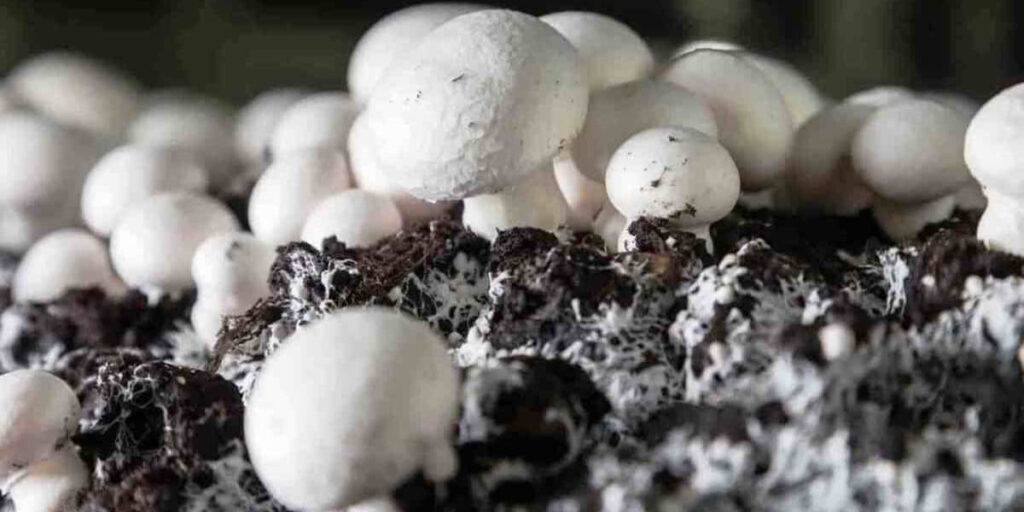
The wood can be freshly cut or stored for several years, with or without bark. It must not be rotten, covered with lichens, moss (which can be removed with a metal brush), or mold. Optimal log size: 30–40 cm long, 25 cm in diameter. Freshly cut wood is soaked in water for 2–3 days, while dry wood requires up to a week.
Mycelium Inoculation
Use 100 g of mycelium per 40 kg of wood. Inoculation methods:
- Cut a 1.5–2 cm thick disc, sprinkle mycelium on the cut end, and nail the disc back in place.
- Drill a hole, insert the mycelium, and seal with tape or straw.
Mycelium Colonization
This stage lasts 2–3 months indoors or 4–6 months outdoors (in a shaded area under trees or a canopy). Temperature: +15 to +20°C. To prevent drying, periodically water the logs and cover them with plastic film. Colonization is complete when a white, fluffy mycelium coating appears on the wood surface.
Log Placement
Bury logs two-thirds into the ground in a shaded garden area or under a canopy. In dry weather, moisten the surrounding soil. Alternatively, use indoor spaces (shed, cellar, basement, garage) with a temperature of +15 to +20°C.
- Oyster and honey mushrooms: Grow at +5 to +26°C, optimally +8 to +20°C. Winter honey mushrooms can tolerate 0°C.
- Shiitake: Temperature +14 to +27°C, optimally +12 to +22°C. Logs can produce mushrooms for 4–8 years until they turn to dust.
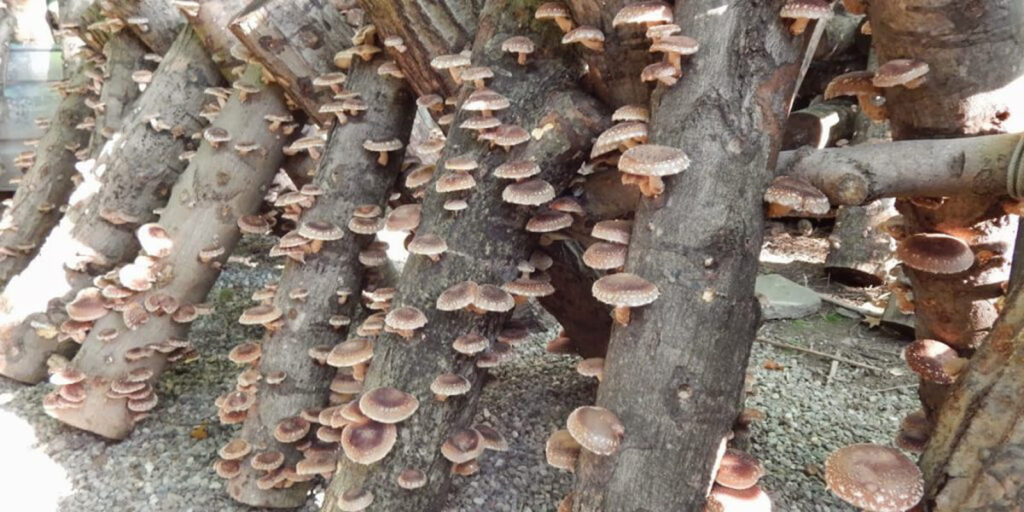
Warning: Some mushrooms, like polypores or chaga, may be inedible or used solely for medicinal purposes. Confirm the mycelium’s purpose before purchasing.
Intensive Method
The intensive method involves growing mushrooms on a substrate in indoor environments. Conditions and materials:
- Mycelium: 100 g of grain mycelium per 40 kg of substrate.
- Containers: Sturdy transparent bags (80×40, 85×40, 90×45, 100×45, 100×50 cm).
- Substrate: In Ukraine, commonly used substrates include wheat or barley straw, hardwood sawdust (oak, beech), seed husks, leaves, reeds, or vegetable/fruit pomace. Chop the substrate to 5–10 cm.
- Location: Cellars, attics, pantries, windowsills, garages.
- Temperature: For germination, +15 to +20°C; for growth, +7 to +27°C, optimally +12 to +22°C.
- Humidity: Maintain 90% during fruiting. Mist in dry weather.
- Lighting: Avoid direct sunlight. In rooms without windows, use cold blue light lamps (1 lamp per 15–20 m²) or daylight lamps.
- Ventilation: Ensure air circulation (2–3 air exchanges per hour) using a fan or regular airing.
Care and Protection
- Watering: Moisten the substrate or soil around logs in dry weather, maintaining 90% humidity during fruiting.
- Disease Protection: Chemical pesticides for mushrooms are prohibited in the EU. Use biopesticides (e.g., based on Bacillus subtilis) or beneficial insects (ladybugs, lacewings) to control pests.
- Cleanliness: Regularly check substrates and wood for mold or pests.
Harvesting and Storage
- Harvesting: Harvest mushrooms when caps fully open (for oyster mushrooms, 7–10 days after fruiting bodies appear; for shiitake, 10–14 days).
- Storage:
- Fresh mushrooms (oyster, shiitake) are stored in the refrigerator at +2 to +4°C for up to 7–10 days.
- For long-term storage, dry, freeze, or pickle mushrooms.
- Dried mushrooms store in airtight containers in a dry place for 1–2 years.
Culinary Uses
Mushrooms are popular in cuisines worldwide:
- Ukraine: Oyster and button mushrooms are used in soups, stews, and pickles. In the Carpathians, porcini mushrooms in sour cream sauce are a favorite.
- Japan: Shiitake is added to miso soups, noodle dishes, and as a side for meat.
- France: Truffles enhance gourmet sauces and game dishes.
Recipes
- Ukrainian Mushroom Soup:
- Ingredients: 300 g oyster or button mushrooms, 3 potatoes, 1 onion, 1 carrot, 2 tbsp sour cream, 1 bunch of dill, salt, pepper.
- Preparation: Sauté onion and carrot, add sliced mushrooms, cook with potatoes in broth for 20 minutes. Add sour cream, dill, salt, and pepper before serving.
- Japanese Shiitake Noodles:
- Ingredients: 200 g shiitake, 200 g soba noodles, 2 tbsp soy sauce, 1 bunch green onions, 1 tsp sesame oil.
- Preparation: Boil noodles, sauté shiitake with soy sauce, add green onions and oil. Mix with noodles and serve.
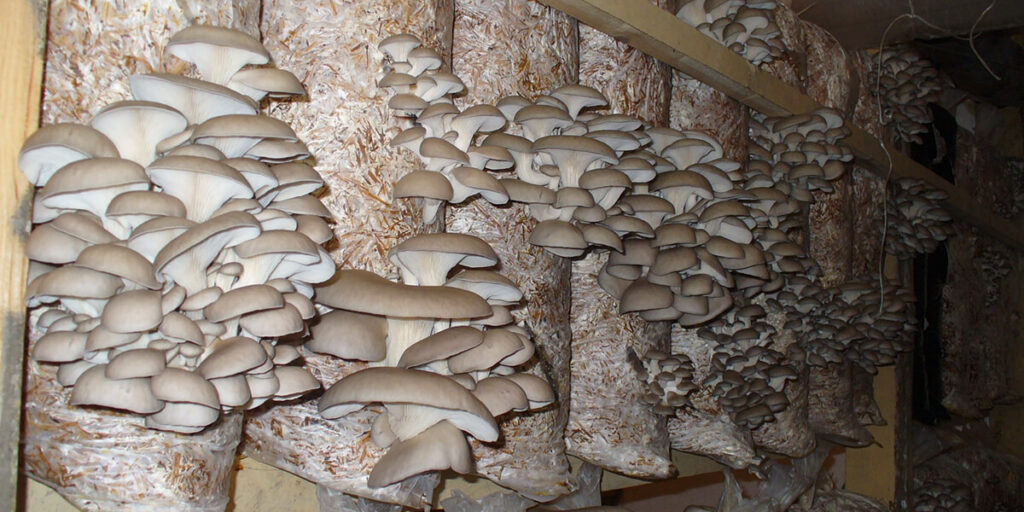
Interesting Facts
- In Ancient China, reishi mushrooms were considered a symbol of immortality and used in traditional medicine.
- Shiitake is called the “elixir of life” in Japan due to its antioxidant properties.
- Oyster mushrooms can break down organic waste, contributing to eco-friendly recycling.
Allergens
Some mushrooms, particularly shiitake, may cause allergic reactions like “shiitake dermatitis” (skin rash) or respiratory issues from spores. Allergen code for shiitake: Len c 1. People allergic to mushrooms or pollen should handle mycelium with gloves and a mask.
Have you tried growing mushrooms at home? Share your experience in the comments! Which mushrooms did you choose—oyster, shiitake, or perhaps reishi? Subscribe to our blog for more tips on growing mushrooms, vegetables, and fruits, and share this article with your friends!
If you have found a spelling error, please, notify us by selecting that text and pressing Ctrl+Enter.

